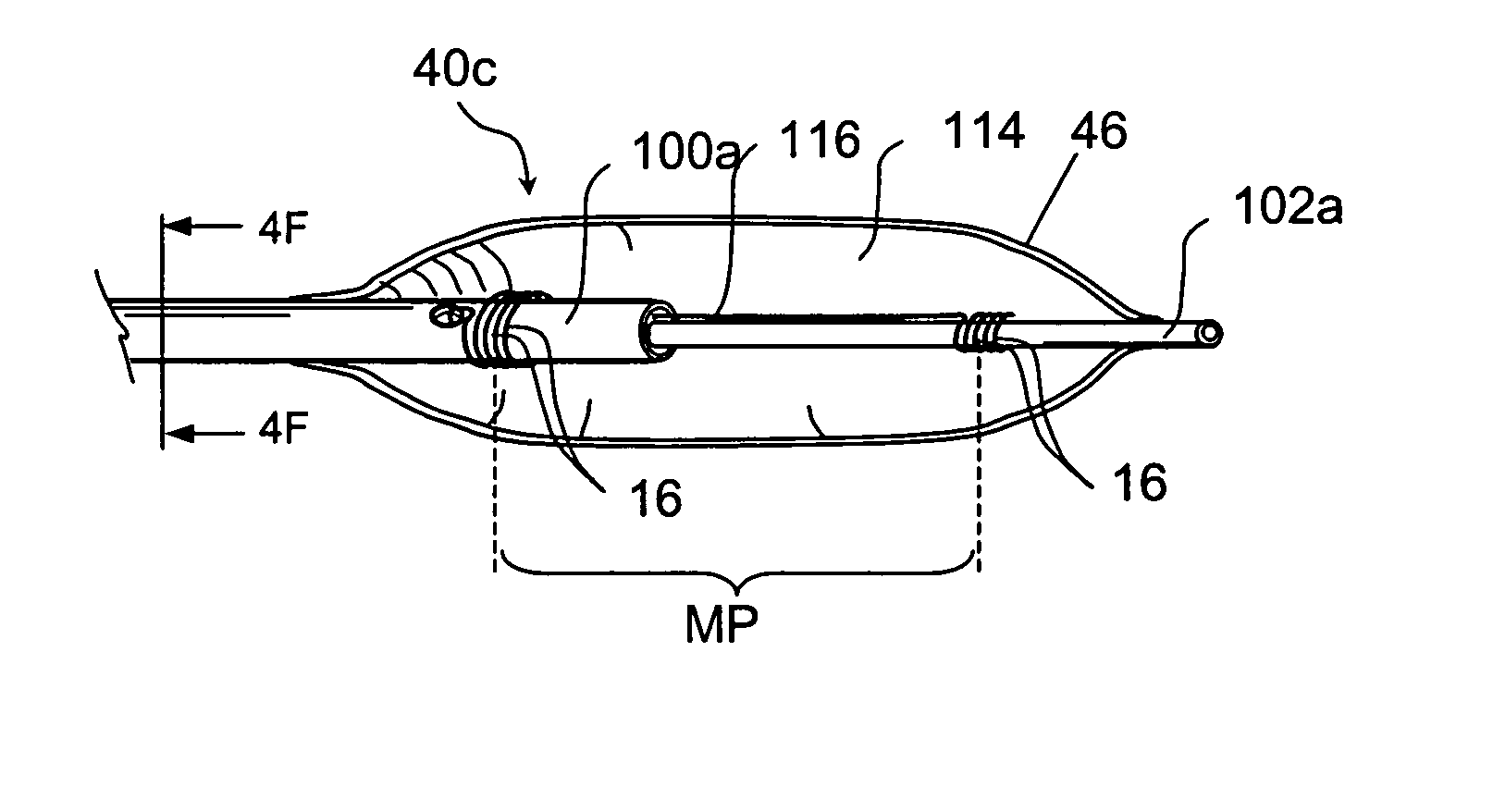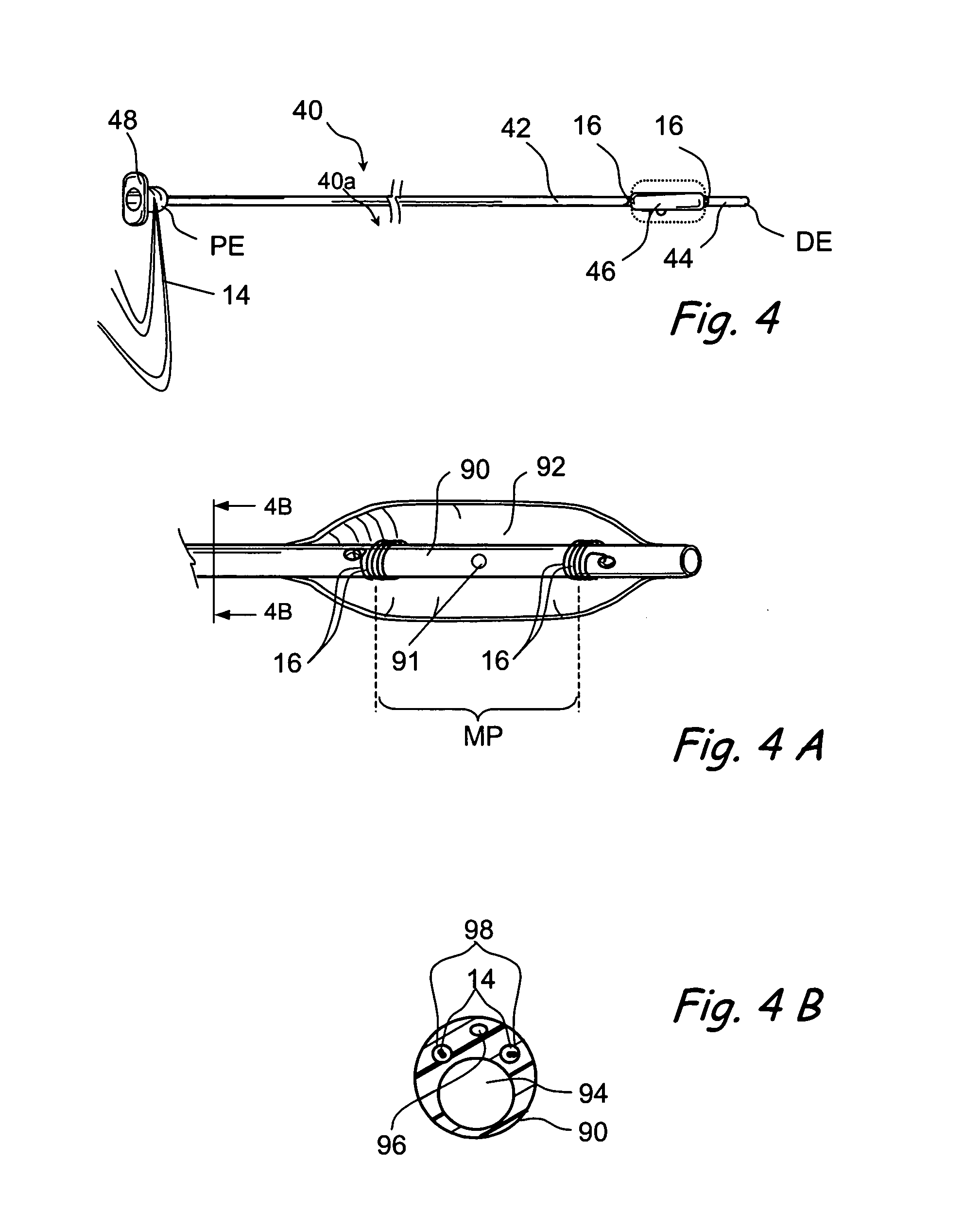Methods and devices for performing procedures within the ear, nose, throat and paranasal sinuses
a technology of paranasal sinuses and methods, applied in the field of medical devices, can solve the problems of fracturing, moving or remodeling bony structures, electromechanical systems not widely used in ent or sinus surgery, and no longer suitable for mounting sensors on the proximal portion of the surgical procedur
- Summary
- Abstract
- Description
- Claims
- Application Information
AI Technical Summary
Benefits of technology
Problems solved by technology
Method used
Image
Examples
Embodiment Construction
[0067] The following detailed description, the drawings and the above-set-forth Brief Description of the Drawings are intended to describe some, but not necessarily all, examples or embodiments of the invention. The contents of this detailed description, the accompanying drawings and the above-set-forth brief descriptions of the drawings do not limit the scope of the invention or the scope of the following claims, in any way.
[0068] In this invention, various types of working devices are equipped with sensors and are used to perform interventional procedures within the paranasal sinuses, ears, noses and throats of human or animal subjects, while an image guidance system is used to track the location of the sensor(s) and, hence, the location(s) of the working device(s). FIGS. 1-6 and 11 show examples of sensor equipped working devices of the present invention. FIGS. 7A-17 show various components and operational aspects of an image guidance system of the present invention and its use ...
PUM
 Login to View More
Login to View More Abstract
Description
Claims
Application Information
 Login to View More
Login to View More - R&D
- Intellectual Property
- Life Sciences
- Materials
- Tech Scout
- Unparalleled Data Quality
- Higher Quality Content
- 60% Fewer Hallucinations
Browse by: Latest US Patents, China's latest patents, Technical Efficacy Thesaurus, Application Domain, Technology Topic, Popular Technical Reports.
© 2025 PatSnap. All rights reserved.Legal|Privacy policy|Modern Slavery Act Transparency Statement|Sitemap|About US| Contact US: help@patsnap.com



